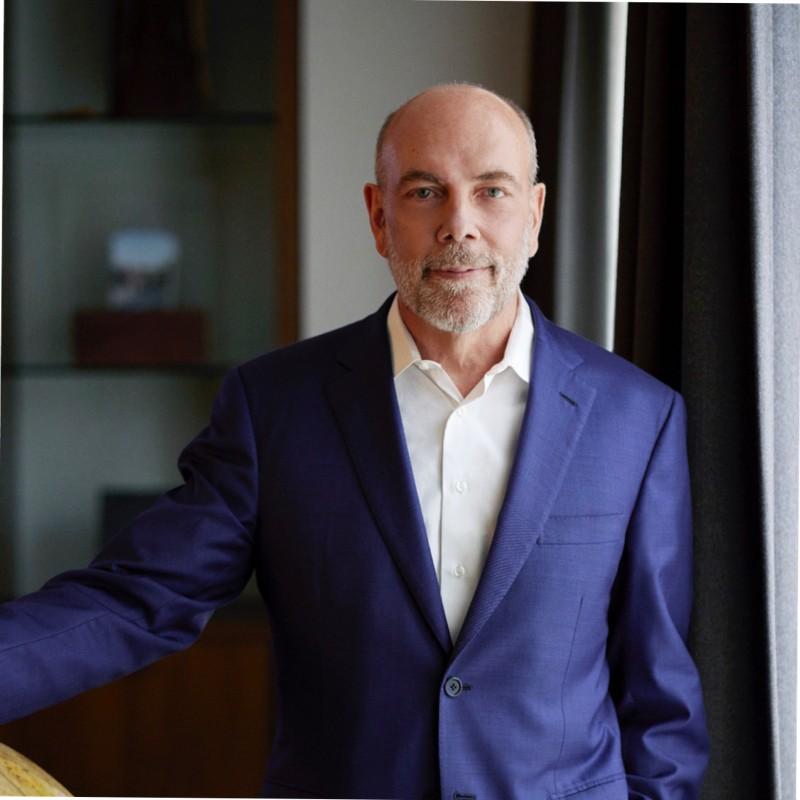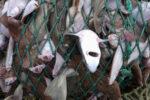Chinese markets will be closed next week for the Lunar New Year celebration. However, over the weekend, China will report its January reserve figures. The market suspects that the PBOC burnt through another $120 bln of reserves.
China's reserves stood at $3.81 trillion in January 2015. They are expected to stand near $3.21 trillion as of the end of last month.
This draw down, coupled with its trade surplus and the pressure on the currency have led many to express concerns about capital outflows from China. While we recognize there have been outflows, we suspect the market is exaggerating the outflows and misunderstanding the outflows that are taking place. We make three points.
First, the dollar value of the reserves are impacted by the change in asset prices. The easiest part of the valuation to grasp is the exchange rate. Suppose at the start of 2015 China had $1 trillion of its reserves in euros. The euro fell 10% against the dollar last year. If the PBOC did not do a thing, this would suggest a $100 bln decline in the value of the reserves. Of course, officials do not just keep the reserve in cash but invest in assets, particularly bonds. That has been to take into account as well.
Second, many observers confuse China's merchandise trade balance with its current account balance. It is true that China runs a large merchandise surplus. In 2015, the merchandise trade surplus stood at a little more than $600 bln. However, China runs a service deficit and this offsets half of the merchandise surplus. The current account surplus stood at $271 bln last year.
Using the current account balance rather than the trade balance is more rigorous. It suggests that capital outflows were not as large as those who use the merchandise trade balance assume.
Third, the impression that many journalists and economists have is that the capital outflows are due to pessimism about the trajectory of the economy. We suggest that a good part of the capital outflows are actually a healthy development.
The Institute of International Finance, a consortium of private sector financial firms, estimates that the capital outflows from China last year were largely a function of Chinese companies paying down their dollar debt. In recent years, Chinese companies were large dollar borrowers. The IIF says points to the decline in foreign exchange loans, the decline in non-resident yuan deposits, and the increase in dollar deposits of onshore entities.
Addressing the currency mismatch by Chinese corporations is wholly desirable. These capital outflows are healthy and necessary. They need not be a reflection of some dire assessment of the Chinese economy. If China is trying to break out of the trilemma by making its currency more flexible and Federal Reserve has warned that it is going to raise rates, then covering dollar liabilities is not some non-confidence vote, but prudent debt management.
There are a few mitigating factors to note. The IIF data is mostly through Q3 though it tracks and makes estimates for Q4 15. It finds that recently individuals have also reduced their dollar liabilities. The IIF notes too that some Chinese corporations have increased their dollar exposure through trade credits.
Finally, there is the plug factor. The balance of payments by definition should balance. To the extent they don't, officials use "errors and omissions" to make force the balance. China's errors and omissions are large. In Q3, the errors and omissions were larger than the current account surplus. The $271 bln current account surplus in 2015 had $216 bln in errors and omissions.
Intuitively, in the emerging market space, and China, in particular, the errors and omissions are likely capital outflows. The IFF estimates capital outflows from China were $460 bln, but could be as much as $676 bln if the errors and omissions were indeed capital outflows.
China has the rotating leadership of the G20. It wants to have the global financial architecture on the agenda. However, we feel confident that China is not about to seek the help of the G7 or G20 to help the PBOC stabilize the yuan, as some have suggested. Nor can we conceive that the US has any interest in intervening to sell dollars and buy yuan in a Plaza II-type agreement that some in the media and analysts have discussed.
The AIIB is going to lend dollars. The PBOC proposal several years ago to use the SDR to supplant the dollar is a non-starter. The SDR is not really money. It is a unit of account. Not a means of exchange or a store of value. The head of the National People's Congress foreign affairs committee acknowledged in his recent op-ed in the Financial Times that although China can be critical of what he calls the "US world order", it does not have an alternative.
Tags:
























